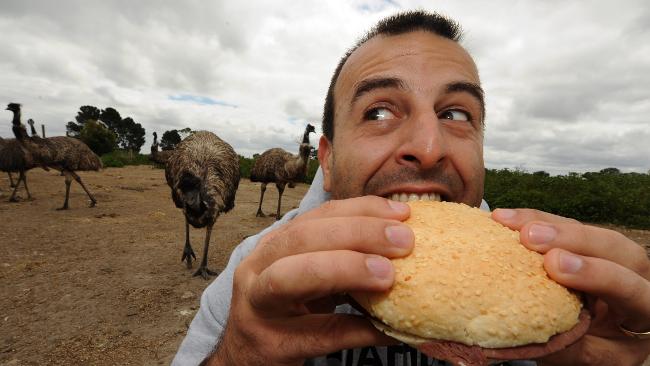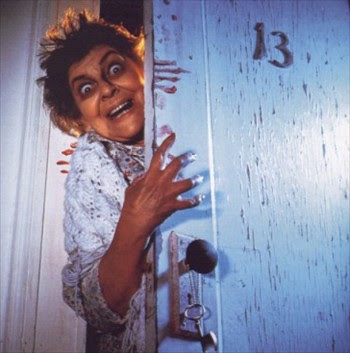Australian cattle herd is anticipated to enter a period of expansion in 2011 and beyond, with the drought’s long-grip upon eastern Australia throughout the past decade finally broken. 2010 was the wettest year on record in Queensland and third wettest nationally, signalling a surety of feed and water supplies throughout the coming year. The exception is southern WA, which suffered the driest year on record in 2010.
These pictures were taken from a helicopter, of road trains loading cattle at Helen Springs Station, north of Tennant Creek NT.
· There are 17 trucks with 3 trailers and 2 decks per trailer;
· Therefore there are 102 decks of cattle and there would be approximately 28 cattle per deck;
· This totals 2,856 head of cattle
· The cattle will weigh approximately 500kg
· The sale price for cattle at Longreach is approx. 165c/kg
· Each animal will therefore be sold at $825.
· Total revenue from this analysis is $2,356,200
· Another interesting fact:
o Each trailer has 24 tyres plus a dolly with 8 tyres
o For the 72 trucks there are 4,464 tyres on the road.
Global demand for beef is forecast to increase in 2011, as the growing global economy rekindles demand for proteins, particularly beef, after some tumultuous years in the wake of the Global Financial Crisis (GFC).
Australian cattle looks good elsewhere for 2011, Australian live cattle exports are forecast to increase 1% year-on-year, to 880,000 head. Given the dominant share that Indonesia has for Australian cattle shipments, the reduced volumes forecast into the market for 2011 will limit overall growth.
However, much of the decline in exports to Indonesia in 2011 should be offset by a further rise in exports to the Middle East, including Israel, Libya, Egypt and Turkey.
This EKKA Grand Champion Bull sold for $10,000
Given the decline in global beef supplies in recent years, and the improvement in demand throughout
2010, global beef prices are expected to increase significantly in 2011. This is already in evidence, with US choice fed cattle prices commencing 2011 25% higher than a year earlier.

















































